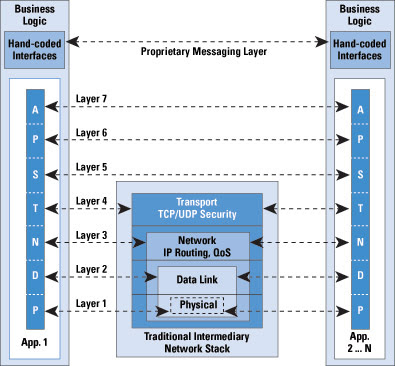Sguil Client on Ubuntu
Inspired by an old post , John Curry, and David Bianco's NSM Wiki, I decided I would install the Sguil client on Ubuntu. It was really easy. First I edited the /etc/apt/sources.list file to include the "universe" package collections: deb http://us.archive.ubuntu.com/ubuntu/ edgy universe deb-src http://us.archive.ubuntu.com/ubuntu/ edgy universe Next I updated the apt cache and added the libraries I needed. richard@neely:~$ sudo apt-get update ...edited... richard@neely:~$ sudo apt-get install tclx8.4 tcllib iwidgets4 wireshark Reading package lists... Done Building dependency tree Reading state information... Done The following extra packages will be installed: itcl3 itk3 libadns1 libpcre3 tcl8.4 tk8.4 wireshark-common Suggested packages: itcl3-doc itk3-doc iwidgets4-doc tclreadline tclx8.4-doc Recommended packages: libadns1-bin The following NEW packages will be installed: itcl3 itk3 iwidgets4 libadns1 libpcre3 tcl8.4 tcllib tclx8.4 tk8.4 wireshark w...





